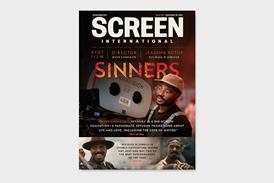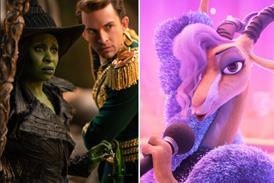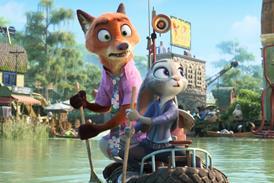The financial backing that allowed Antonioni and Bergman to create such distinctive bodies of work is absent for today's young, says Lee Marshall
Much has already been written about the same-day demise of Ingmar Bergman and Michelangelo Antonioni - not least that it's probably the most prominent Grim Reaper double whammy since US presidents John Adams and Thomas Jefferson popped off within a few hours of each other. As such, it's a gift to op-ed writers in the middle of the slow summer season.
Before I move on to the real point of this fortnight's column, let me put in my two euros' worth of wisdom on these cinema legends. One: why does almost nobody get the fact that one of the most important things about Bergman was his lightness of touch, even when he strayed into the darkest territory' The Seventh Seal is a playful film in many ways, veined with dour irony; if you want a really depressing movie, go see Hostel: Part II.
Two: Antonioni may have been a chilly cinematic existentialist, but he was also - at least until he lost his way towards the end of the 1970s - a great director of actors. He elicited career-best performances from Jack Nicholson (forced to act down in The Passenger and all the better for it), the otherwise unremarkable Monica Vitti (in L'Avventura, La Notte and L'Eclisse), and - in one of his few starring roles - the fine Hollywood character actor Steve Cochran (in the underrated Il Grido).
Exploring obsessions
Now, here's the thing: whatever else we think of Bergman and Antonioni, we can't deny these two men built up a significant body of work in which they explored their obssessions. For Bergman it was the absence of God, male-female relationships as a battlefield, and the place of the artist in society. For Antonioni, it was personal identity, the fact people can be lost in the midst of friends and family, the idea that mysteries sometimes have no easy solution (a thin red line leads from L'Avventura through The Conversation and Memories Of Murder to Zodiac).
What has happened to the oeuvre' It seems unfashionable these days, especially among the under-50 generation in Europe and the Americas. Certain directors, such as Richard Linklater, Michael Winterbottom or Alfonso Cuaron, seem to delight in confounding critics who try to pin a consistent body of work on them.
Those who do return obsessively to the same themes - Harmony Korine, say, or Shane Meadows - are forced to work further from the centre of the industry than Antonioni or Bergman ever did. And don't give me Van Sant or Almodovar or Trier or Ulrich Seidl - they're all north of 50.
Is it the zeitgeist, or has the audience for directors' films simply withered and died'
Neither, actually. I'm going to stick my neck out here. I don't think there are fewer young, creative directors out there with personal visions than there were in the 1950s or 1960s. And I don't think movie audiences have got out of the habit of following exciting talents. It's the money that's missing.
Wasted talent
Back in the late 1950s or early 1960s, a talent like Lynne Ramsay would have been cranking out at least one film every two or three years. Instead it's been five years since Morvern Callar and eight since the remarkable Ratcatcher. Sure, the Scottish director spent two years working on an adaptation of Alice Sebold's novel The Lovely Bones only to see it snatched away by Peter Jackson, and is now developing another literary adaptation based on Lionel Shriver's novel We Need To Talk About Kevin.
But is this what Ramsay would be making if she had even the limited financial security that Svensk Filmindustri guaranteed Bergman, or risk-taking producers such as the Hakim brothers gave to Antonioni'
There are those who might welcome the death of the oeuvre, arguing that the film is the thing, not the ego of the person directing it. If only today's films were the better for it, I might be tempted to agree. But they're not.


















No comments yet